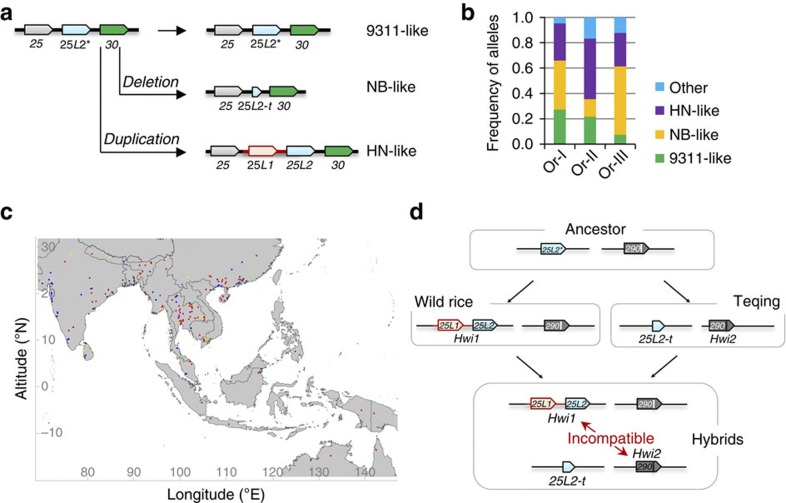Figure 5. Distribution of the allelic forms of Hwi1 and Hwi2 and genetic model for the expression of hybrid weakness.
(a) Schematic representation of different allelic forms at the Hwi1 locus. Red bars indicate DNA insertion. 25L2*, the original allele whose promoter is different from that of 25L2; 25L2-t, truncated 25L2, which lost the 5′-half of the gene. (b) Fraction of allelic forms of Hwi1 in different subgroups of wild rice. (c) Geographical distribution of allelic forms of Hwi1 in wild rice. 9311-like, NB-like, HN-like and other types of Hwi1 are indicated by green, blue, red and yellow/purple, respectively. (d) Genetic model of the induction of hybrid weakness. During the evolution of O. rufipogon, gene duplication of 25L2*, which possibly caused by transposable elements, gave birth to 25L1. The promoter region of 25L2* was also replaced by new insertion and produced the new gene 25L2. 25L1 and 25L2 compose the Hwi1 locus persisted in certain common wild rice strains. For indica rice Teqing, a missense mutation event, T1,592A, was occurred at hwi2 locus and generated the new allele, Hwi2. Hwi1 and Hwi2 are compatible with their own genetic background. However, Hwi1 and Hwi2 conflict with each other in the hybrids and result in the weakness syndrome, which eventually impedes the genetic exchange.

